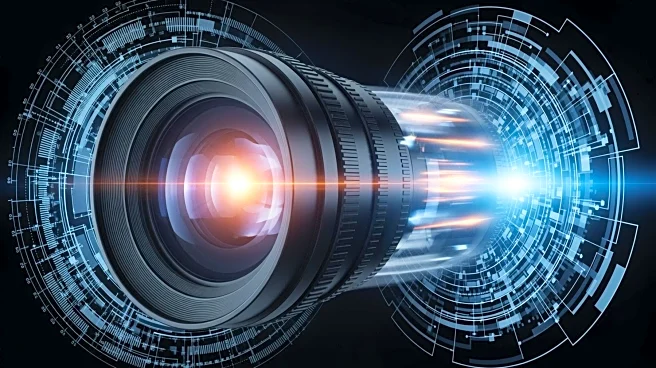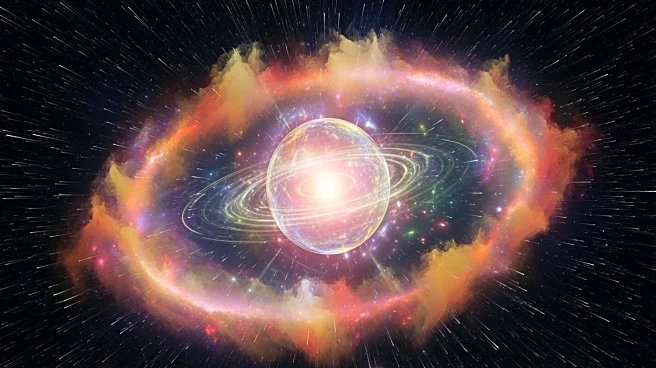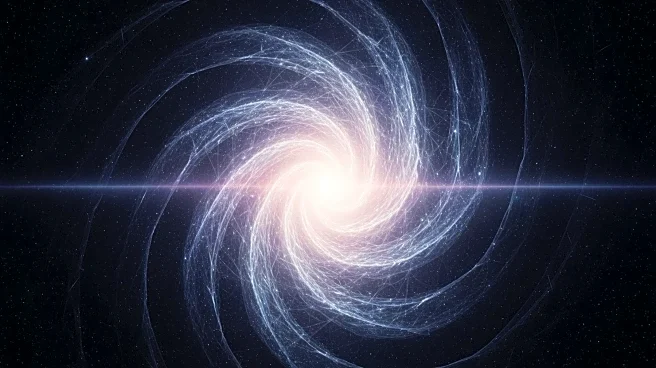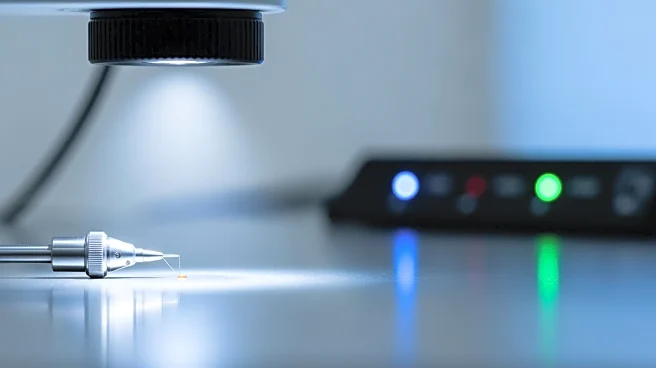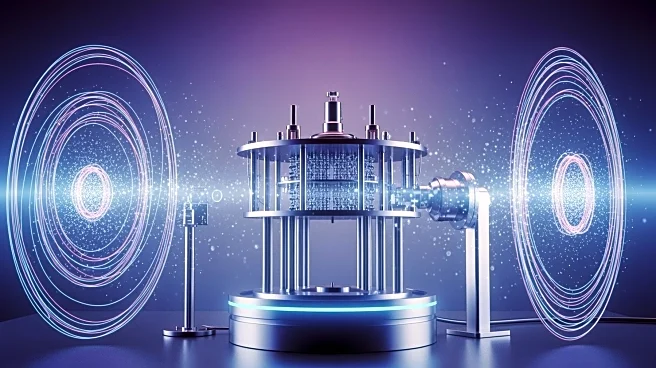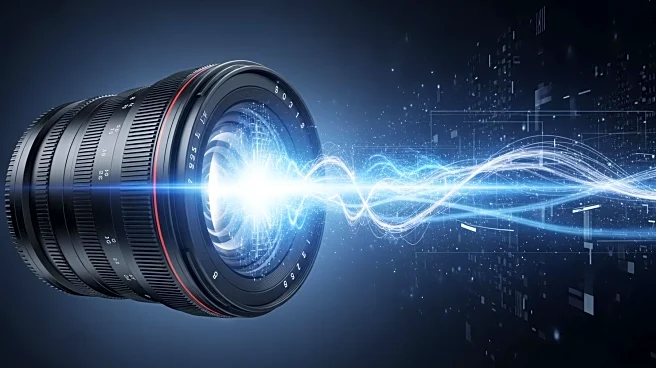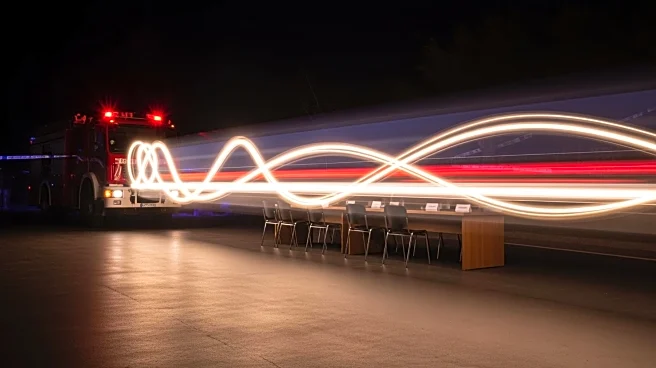What's Happening?
Brian Haidet, a scientist known for his YouTube channel AlphaPhoenix, has developed a camera capable of capturing footage at two billion frames per second. This innovative device can record a laser pointer's beam of light traveling at the speed of light,
although it captures only one pixel at a time. The camera is constructed using a gimbal-mounted mirror, two tubes, a simple lens, a light sensor, and Python code. Haidet's approach involves tiling these pixel captures to create a viewable video, demonstrating light's movement at the universe's speed limit. While a traditional camera with such capabilities would be prohibitively expensive, Haidet's method offers a more accessible solution.
Why It's Important?
This development is significant as it showcases a novel approach to capturing high-speed phenomena, potentially advancing scientific research and educational tools. By visualizing light's movement, Haidet's camera could enhance understanding of physics concepts and inspire further innovation in imaging technology. The ability to capture such rapid events may lead to breakthroughs in fields requiring precise temporal resolution, such as quantum mechanics and optical engineering. Additionally, this project highlights the potential for DIY scientific endeavors to contribute meaningfully to technological progress.
